My grandfather, Božidar - Boško Jovanović was born on May 29, 1925 in Belgrade to a family of civil engineers. His grandfather, Jovan Jovanović, who graduated from the Technical High School in Belgrade at the end of the 19th century, was the Minister of Railways and Transport in the government of Nikola Pašić at the beginning of the 20th century. Božidar Jovanović's father, Mihailo - Mikša Jovanović, was born in 1895 in Belgrade. He was one of the founders of the Belgrade Sports Club (BSK), in 1911, for whose first team he played several games until the beginning of the First World War. During the First World War, he crossed Albania, mobilized in the student company as one of 1,300 corporals. Returning from the war, he graduated from the Civil Engineering Department in 1924 and became a civil engineer. His untimely death, in 1931, found him in the position of senior engineer in the Ministry of Transport. Mother Natalija Jovanović, born Ajduković, was a law graduate at the Faculty of Law, University of Belgrade

Božidar finished the elementary school "Kralj Aleksandar" (now the music school "Mokranjac") in Belgrade, and later the Belgrade Realka (now the Pedagogical Museum). Before the end of the Second World War, he avoided going to the Srem front, at the end of 1944, and joined the partisans as a volunteer. He waited for the end of the war as a sailor on a minesweeper on the Danube. With a two-year delay, due to the Second World War, he enrolled at the Faculty of Civil Engineering, University of Belgrade in 1946.
During his studies, he was actively involved in sports, and as a member of the Sports Bob Club "Belgrade", he was the vice champion of Belgrade in swimming and tennis. He also played his first hockey game in Belgrade. Playing for the hockey club "Red Star", he also played several hockey games for the national team of Yugoslavia.
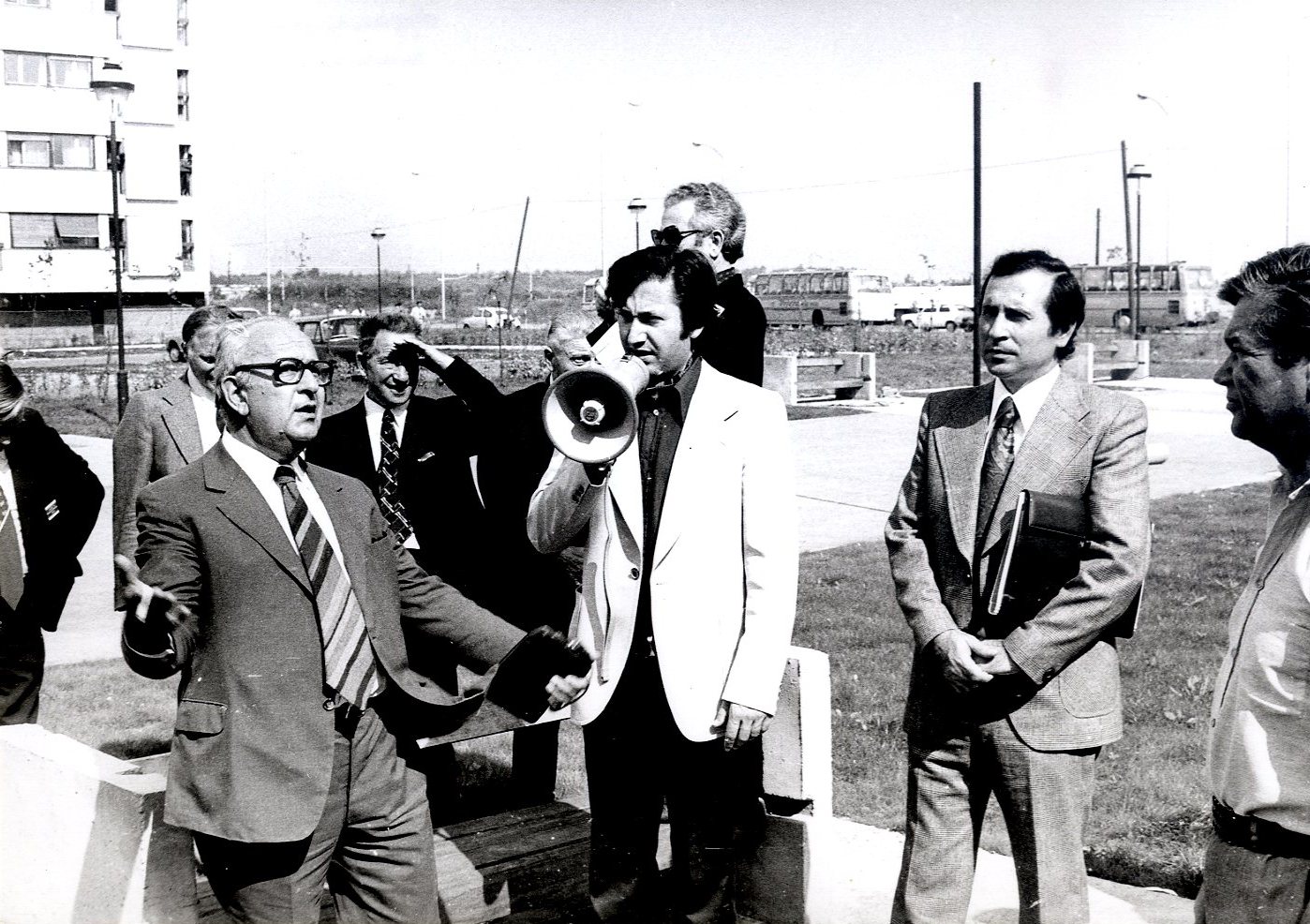
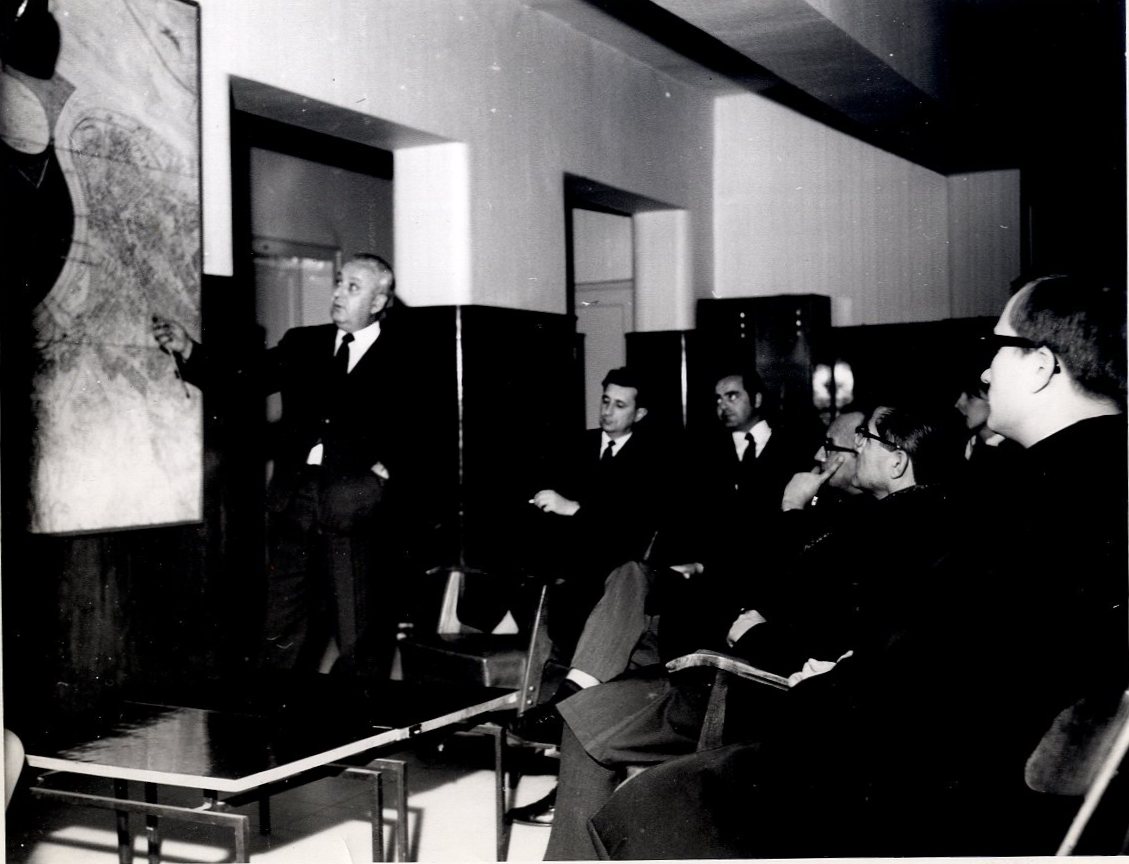
He graduated in 1953 from the Faculty of Civil Engineering, University of Belgrade. The need for a construction profession in the renewal of the country after the end of the Second World War enabled him to get a job in the construction company "Partizanski put" before finishing his studies. Of the five years he worked at "Partizanski put", he spent a year building a road near Prijepolje and two years working on the design and construction of the main road and breaking through galleries and tunnels along the left bank of the Drina near Zvornik. He joined the Directorate for the Construction of New Belgrade (later the Directorate for Construction and Reconstruction of the City of Belgrade, and then the Institute for the Construction of the City of Belgrade) in 1957 and was immediately employed in designing and performing works on the construction of the Branko Bridge overpass on the New Belgrade side. Then, as the chief engineer, he designed the access roads for the building of the Federation Palace, colloquially called the building of the Federal Executive Council - SIV (now the Palace of Serbia) and participated in their construction. Among the jobs that marked his professional career, the job of the responsible designer for roads and approaches to the Museum of Contemporary Art, whose construction lasted in the period 1961-1965, should be singled out.

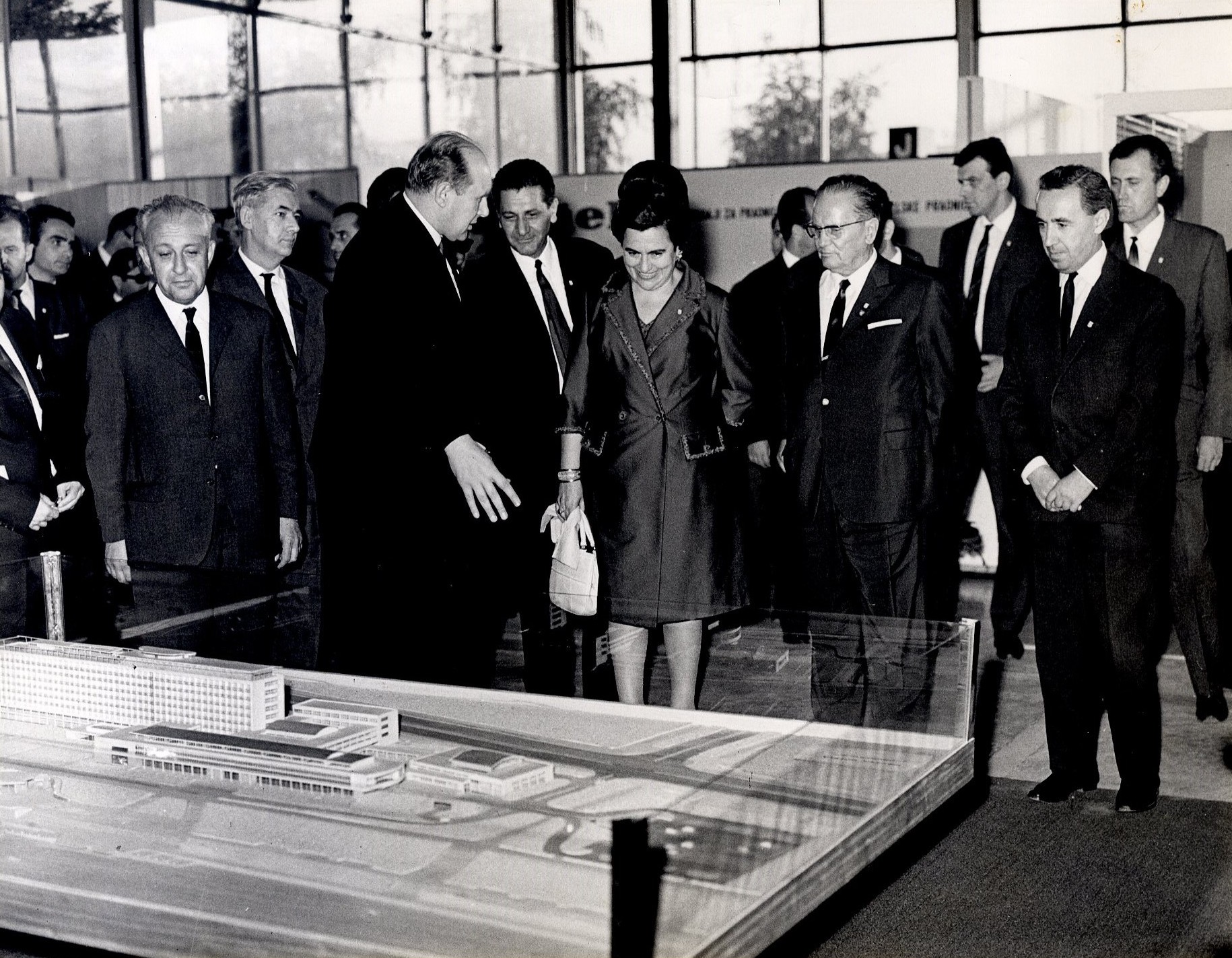
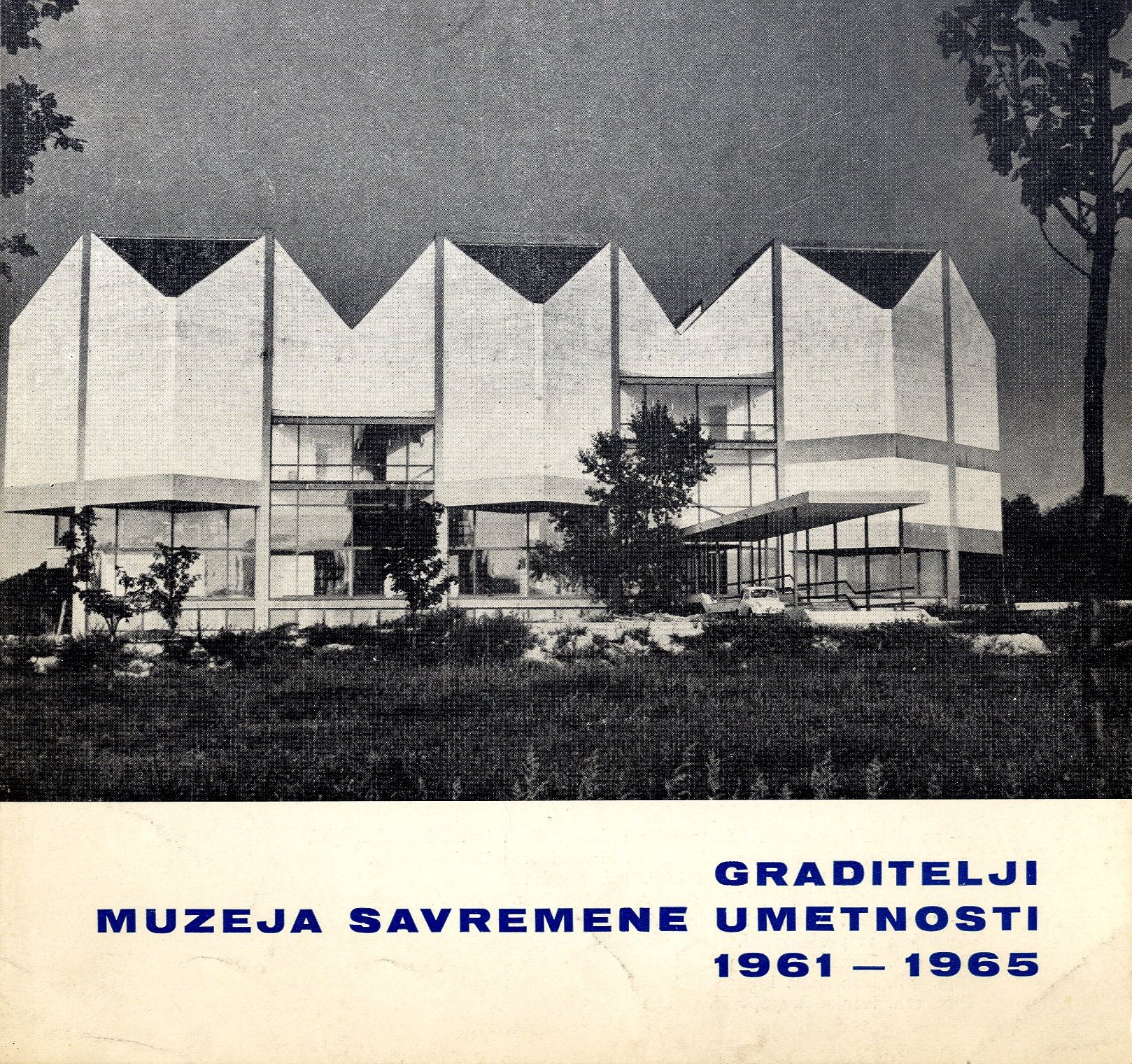
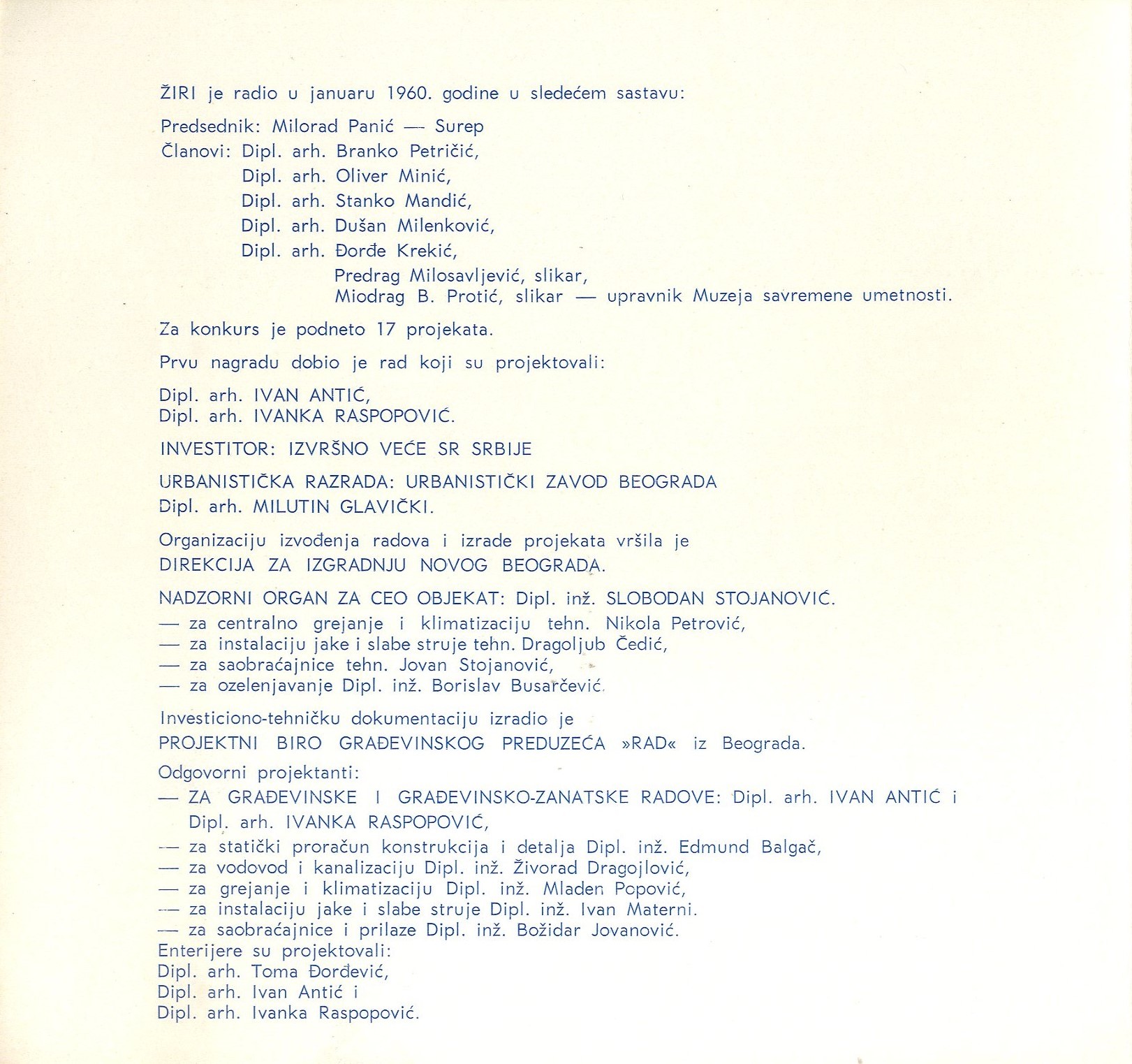
In the continuation of his career, from the position of chief engineer, he moved to the position of director of the Sector for communal land equipment in the Directorate for Construction and Reconstruction of the City of Belgrade. In the period 1976-1977, he was the coordinator of works during the first phase of the construction of the Sava Center, which was inaugurated in May 1977 by President Tito for the Conference on European Security and Cooperation (CSCE).
U svojoj bogatoj stručnoj karijeri bio je i član mnogobrojnih stručnih timova koji su se bavili raznovrsnom građevinskom problematikom, od nasipanja peskom močvarnog zemljišta na početku izgradnje Novog Beograda do projektovanja i izvođenja radova na izgradnji saobraćajnica i drugih infrastrukturnih objekata u periodu od samog početka izgradnje Novog Beograda do penzionisanja 1980. godine. Učestvovao je na izradi brojnih stručnih članaka i publikacija.
Dobitnik je mnogobrojnih zahvalnica, diploma i plaketa, a ukazom broj 137, na Dan oslobođenja Beograda, 20. oktobra 1974. godine, Predsednik Socijalističke Federativne Republike Jugoslavije mu je dodelio Orden zasluge za narod sa srebrnom zvezdom.
Božidar Jovanović je umro u Beogradu, 1. decembra 1990. godine i sahranjen je na Novom groblju u Beogradu.
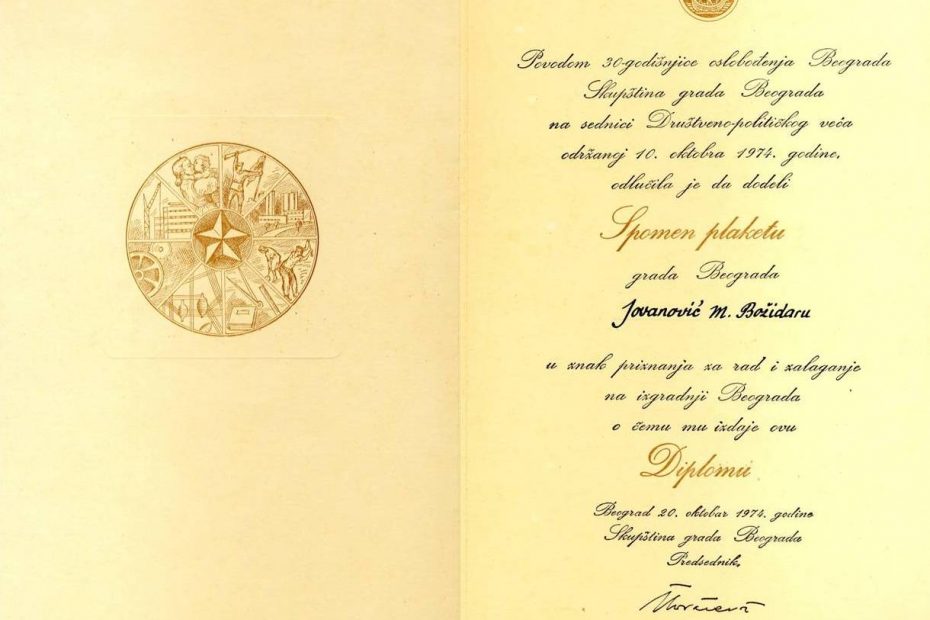

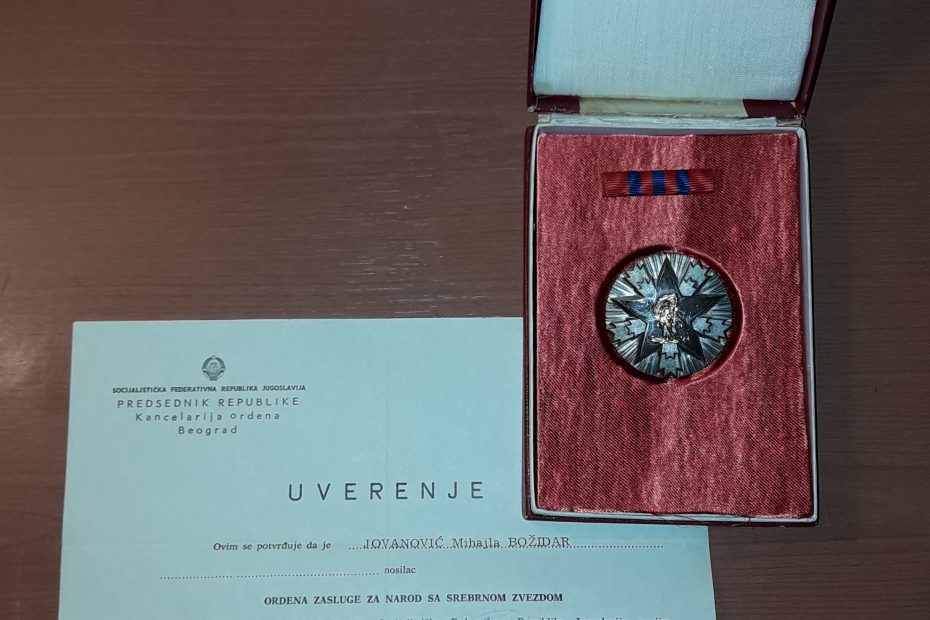
Pripremila: Sofija Jovanović
